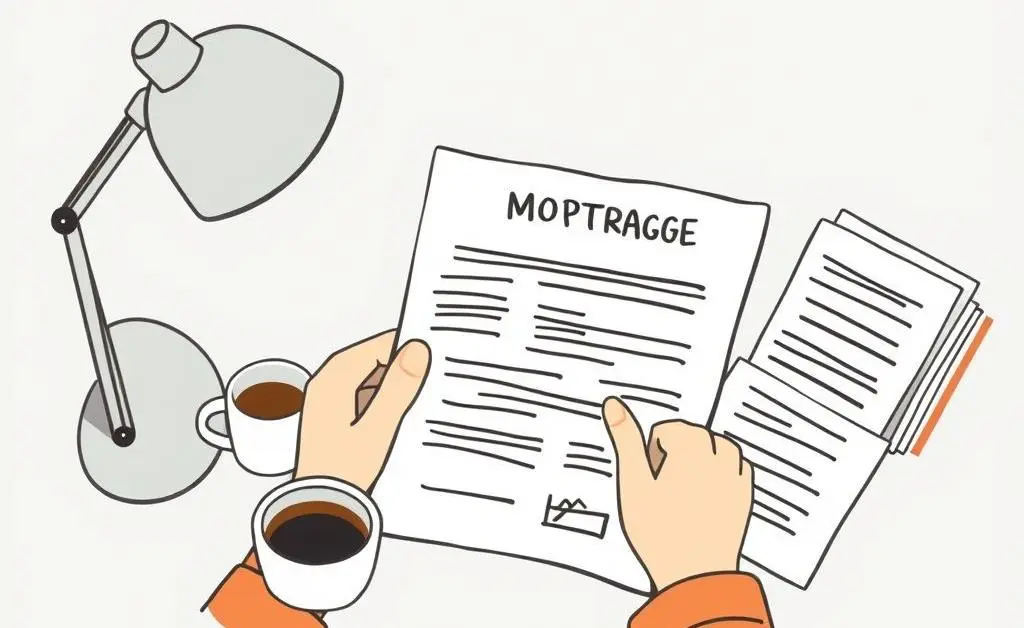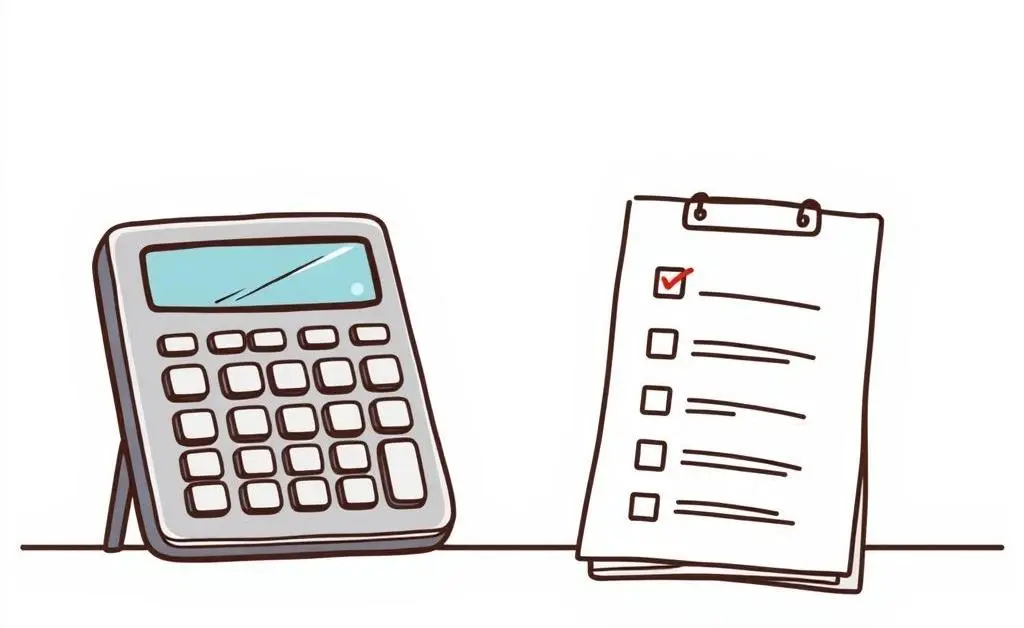Demystifying Underwriting: A Simple Guide to Risk Thresholds in Mortgage Loans
Discover the ins and outs of risk thresholds in mortgage underwriting and boost your financial confidence.

Hey there! If you’ve ever wondered how mortgage approval works, you’re not alone. It’s a process shrouded in mystery for many and today, we’re going to chat about one crucial part: risk thresholds.
What Are Risk Thresholds in Mortgage Underwriting?
Simply put, risk thresholds are benchmarks lenders use to decide if a mortgage application is acceptable. Think of it like a safety net that helps banks assess the potential risk in lending you money—and ensures they don’t take on too much risk themselves.

How Do These Thresholds Work?
Now, let’s break it down. Lenders have different criteria—like your credit score, debt-to-income ratio, and employment history—that need to meet certain thresholds. Essentially, each of these factors tells a part of your financial story.
Primary Factors Considered
- Credit Score: Your credit score reflects how you've handled debt in the past; it's vital in building trust with lenders. The higher, the better.
- Debt-to-Income Ratio: This measures how your monthly debt compares to your income. Keeping this ratio low signals you manage finances well.
- Employment History: Stability in your job suggests you're a reliable income earner—an essential assurance for lenders.

How Can You Prepare?
So, how do you ensure you meet these risk thresholds? Here are a few practical tips:
- Check and improve your credit score regularly—pay off debts and avoid new ones before applying for a mortgage.
- Try to reduce your debt-to-income ratio—consider boosting your income or trimming down unnecessary expenses.
- Maintain consistent employment—it’s usually better to avoid switching jobs right before applying for a mortgage.
The Takeaway
Understanding risk thresholds can feel like unlocking a new level of financial literacy. It’s about positioning yourself as a “low-risk” borrower so that when you apply for a mortgage, you’re seen as a desirable candidate.

Have you recently gone through the underwriting process or are you planning to soon? I’d love to hear your thoughts and experiences! Let’s chat in the comments below.




